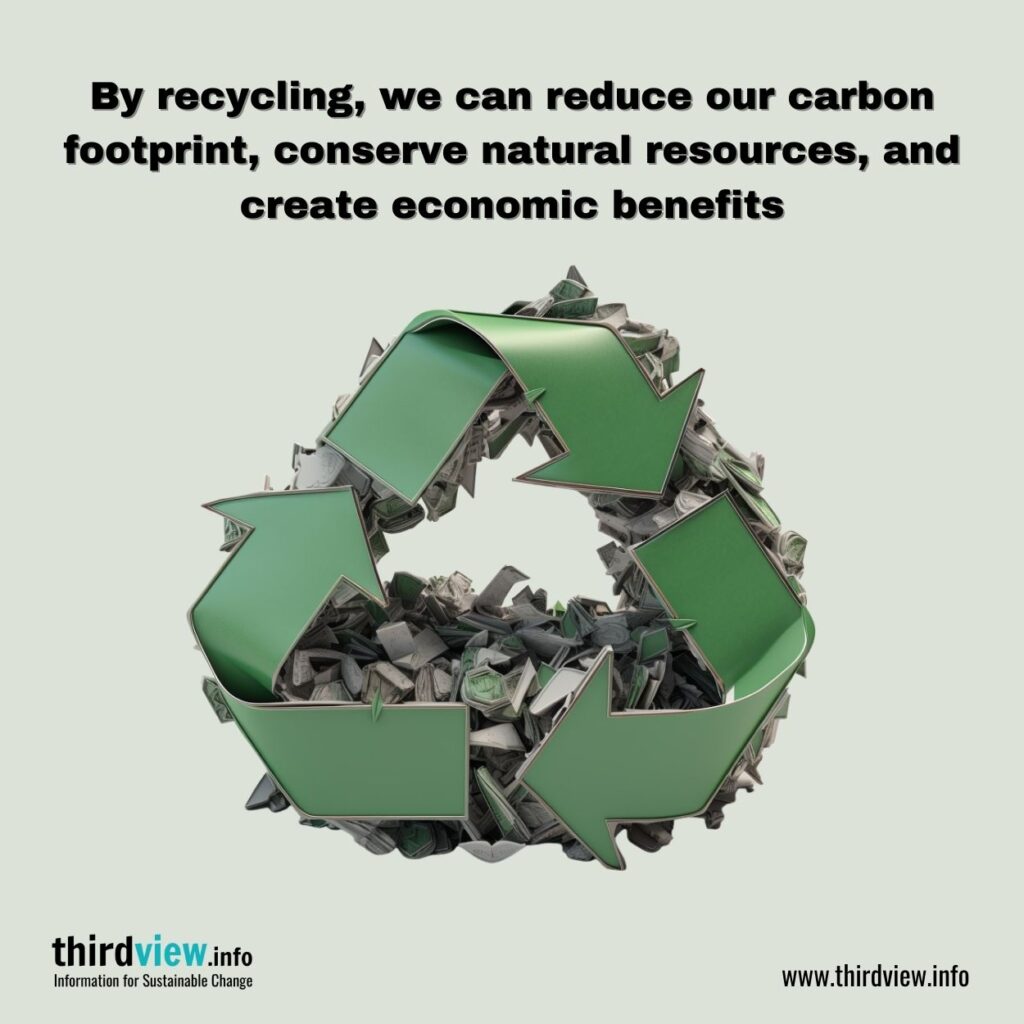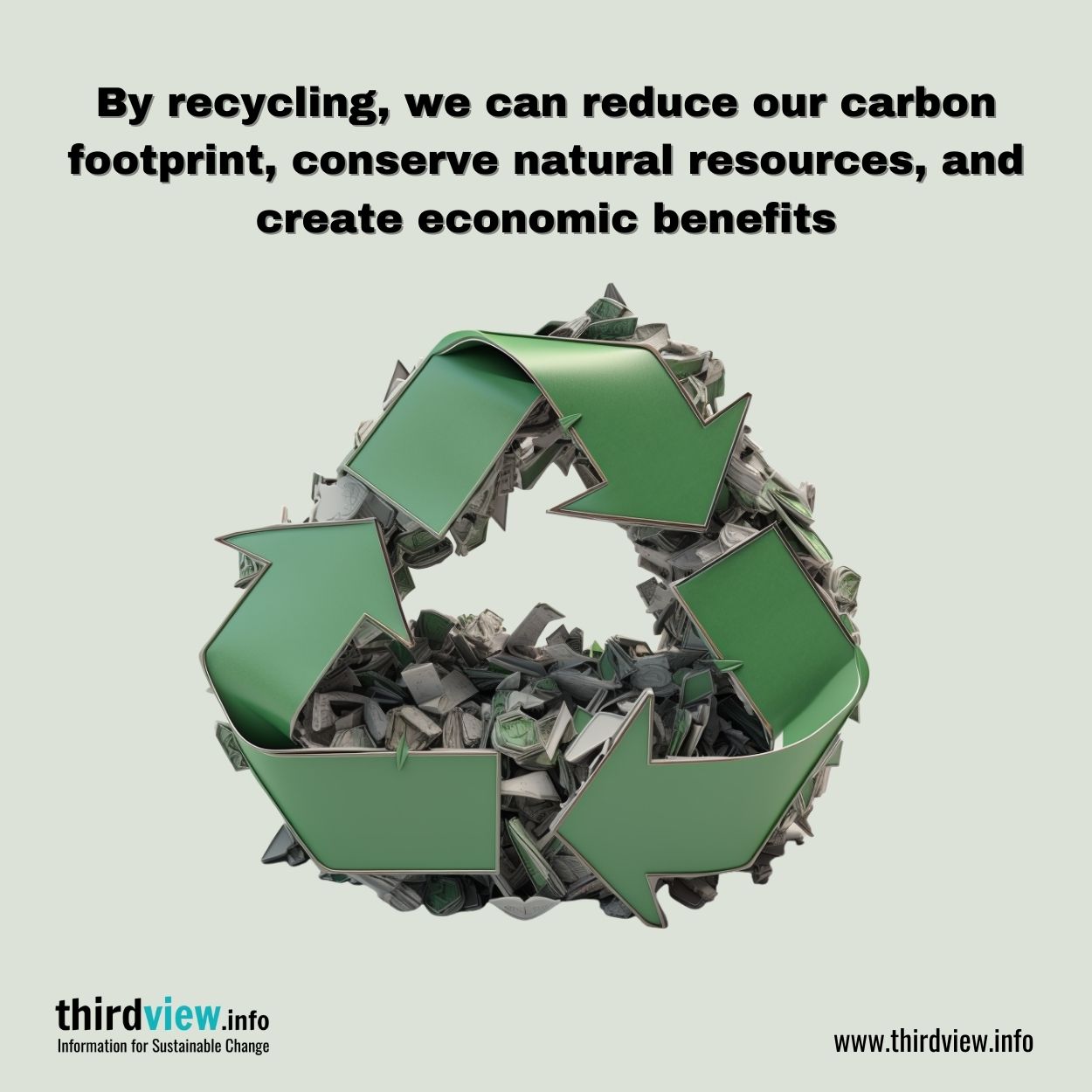In a world of finite resources, it is essential to understand how sustainable consumption patterns drive the need for recycling. Recycling allows us to reduce our carbon footprint and reuse materials that would otherwise be thrown away. It is important to consider how our consumption patterns affect the need for recycling and how we can make more conscious decisions when it comes to purchasing and disposing of products.
The Benefits of Recycling
Recycling is an essential part of creating a sustainable future. By reusing materials, we can reduce our carbon footprint and conserve natural resources while also creating economic benefits. When materials are recycled, they become raw materials that can be used in the production of new products. This reduces the need for new raw materials, which saves energy and water as well as reducing air pollution from manufacturing processes. Additionally, when items are recycled instead of being discarded, there is less waste in landfills which decreases emissions from landfills and preserves green space for other uses such as parks or wildlife habitats.
Understanding Sustainable Consumption Patterns
Sustainable consumption patterns focus on making conscious decisions about what we purchase and how we use those products. By considering the social, environmental, and economic impacts of our purchases, we can make better decisions about what we buy and how much we consume. The goal is to reduce waste by buying only what you need and using items responsibly before disposing them in a way that will not cause harm to people or the environment – such as through recycling or composting. Understanding these principles can help us make sure that our consumption levels are sustainable over time by ensuring that resources are used efficiently while still meeting our needs.
Making Sustainable Choices
When making decisions about what you purchase and how you use those items, consider their environmental impact first and foremost. Choose items that are made with recycled material whenever possible or those whose production process conserves energy or water usage such as ethical clothing brands. Additionally, think about whether an item can be reused before you throw it away – for example, donating clothes instead of throwing them out when you’re done with them. Finally, look into local options like farmers markets or bulk stores where you can buy produce without packaging waste or unnecessary plastic wrapping.
Recycling is one way to ensure that our consumption patterns are sustainable over time by reducing waste while also preserving natural resources. Understanding sustainable consumption patterns helps us make better choices when buying goods and services as well as understanding how our decisions impact the environment around us – both now and in the future. Making small changes in your everyday life such as choosing reusable items instead of disposable ones or buying goods made with recycled material can have a big impact on helping preserve the environment for generations to come. Ultimately, understanding why sustainable consumption matters will help us create a more environmentally friendly future together.


